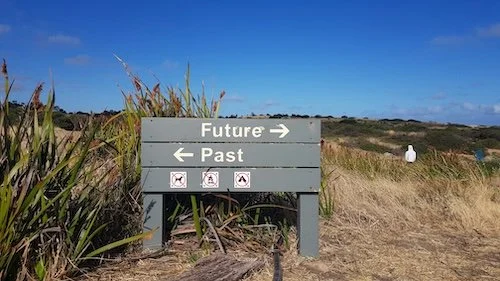The Future of United Way as Told by a Gen Z
Although it is sometimes hard for me to believe, I have been working with United Ways for over seven years now. During that time, I’ve learned so much about the impact that local United Ways make in their communities and how necessary they are to the people they serve. The United Ways we have worked with have taught me so much about what it means to create lasting impact in a community – for generations to come.
It's sometimes interesting to see how my view of United Ways differs from other Gen Z and Millennials, and even from myself seven years ago. Because the truth is, most people my age have no clue what United Way does in their communities and, even worse, don’t see the need for a United Way.
The Future of United Way Cannot Be the Same as It’s Past
For decades, United Ways have prided themselves on providing donors a safe and easy way to donate to local nonprofits. When someone donated to United Way through their workplace, they could be sure that their contribution was going to a vetted organization in their community. They didn’t have to go through the hard work of determining the trustworthiness of multiple organizations, didn’t have to write a dozen checks and send them out with a dozen postage stamps. They could do their donating in one-stop and let the United Way take care of the rest of it.
The problem is that’s not what the younger generations want or need.
In the internet age, donors don’t need you to vet organizations. They have Charity Navigator and GuideStar for that. They don’t need United Way for easy donating; they can donate in less than one minute on the webpage of any charity they want. And most importantly, younger donors don’t need help determining what causes they should support. Most younger donors know what issues they are passionate about. They don’t want to give to some vague cause of doing good. They want to impact an issue they are passionate about.
Which means often times, in the eyes of younger donors, United Way has nothing for them. The amount of times I’ve had people close to me say they only donate to United Way to get a perk at work and would stop donating if they didn’t, would shock many United Way leaders. But that is the hard truth. If United Way’s want to stay relevant and impactful for years to come, their future CANNOT look the same as its past.
A New Future For United Way
Younger donors want a cause to support. They want to know what will happen when they donate to your organization. Who gets helped? How does it improve my community?
An issue focused United Way answers all of these questions. With an issue focus, your United Way first selects an issue in the community to impact, then determines how they are going to impact the issue and then raises the money to do it.
With an issue focus, younger donors will know exactly what it is your United Way does. They will know that you are working to end poverty or make sure that all children are reading on grade level by third grade.
An issue focus is beneficial to United Ways for many reasons – diversified revenue, increased impact, clearer marketing and messaging. But when it comes to the younger generation, the most important aspect of an issue focus is the clear reason “Why” they should donate, volunteer, and fundraise for your United Way.
The Future is Bright
I believe that United Ways are critical assets to their communities. I believe that United Ways will still be here in 100 years – but they will not look the same as they did 100 years ago. With an issue focus, your United Way will have the tools necessary to continue impacting your communities for generations to come.

